The contemporary landscape of the packaging industry is undergoing a profound transformation, driven by dynamic consumer preferences, sustainability imperatives, and technological advancements.
In an era where packaging transcends its conventional role to become a strategic tool for brand differentiation, protection, and environmental responsibility, understanding the latest trends and innovations is paramount.
This article embarks on a journey through the evolving paradigms of packaging, from its historical origins to the forefront of cutting-edge technologies, exploring the multifaceted dimensions that define the packaging industry today.
As we delve into the intricate tapestry of packaging trends and innovations, we unravel the complex interplay of factors shaping its trajectory in the modern world.
Evolution of Packaging
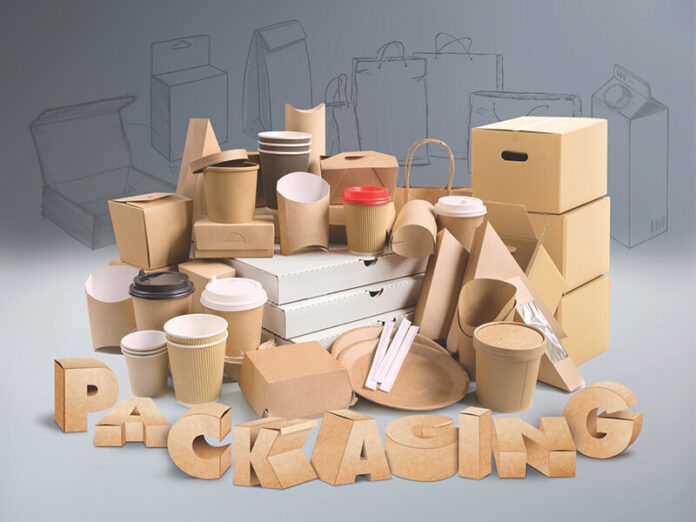
Historically, packaging served as a fundamental necessity, primarily aimed at safeguarding products during transport and storage. It began with the use of natural materials like leaves, animal skins, and clay pots, which were readily available.
However, the scope of packaging dramatically expanded in the 20th century with the rise of mass production and consumerism. Packaging became not just a protective covering but a strategic marketing tool.
The introduction of color printing allowed for eye-catching designs and the conveyance of brand identity, making packaging a means to attract consumers.
The plastics era marked another significant milestone in packaging evolution. Plastics revolutionized the industry due to their versatility, durability, and cost-effectiveness.
Plastic bottles, containers, and films became ubiquitous, facilitating the mass production and globalization of products.
Yet, in recent years, the packaging landscape has witnessed a paradigm shift towards sustainability and eco-friendly practices. Biodegradable and recyclable materials have gained prominence, reflecting a growing awareness of environmental concerns.
Minimalist designs are reducing waste and minimizing the industry’s ecological footprint.
Furthermore, smart packaging is emerging as the next frontier in the packaging evolution. Integrating technologies like Radio-Frequency Identification (RFID) and Internet of Things (IoT), smart packaging enables real-time tracking throughout the supply chain.
It also offers interactivity with consumers, providing product information and feedback channels. This dynamic evolution from utilitarian protection to a strategic branding tool, and now towards sustainable and smart solutions, showcases how packaging has adapted to the changing needs and expectations of the modern world.
Current Trends
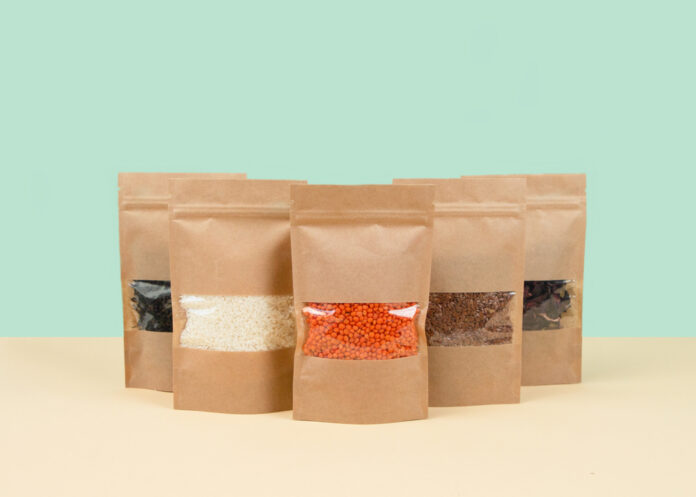
The packaging industry is experiencing a dynamic transformation with several noteworthy trends. Digital labels and packaging have emerged as a game-changer, allowing for unprecedented customization and real-time tracking of products.
This technology enhances consumer engagement through interactive features, such as augmented reality labels. Sustainability continues to be a driving force, with eco-friendly materials like bioplastics and recyclables gaining prominence. Minimalist designs reduce waste and environmental impact.
Moreover, smart packaging, powered by Internet of Things (IoT) and Radio-Frequency Identification (RFID), is optimizing supply chains, ensuring product integrity, and offering real-time information to consumers.
E-commerce’s exponential growth is reshaping packaging demands, emphasizing efficiency and protection during shipping. These trends collectively depict an industry that is embracing technology, sustainability, and consumer-centric approaches to shape its future.
Innovative Technologies
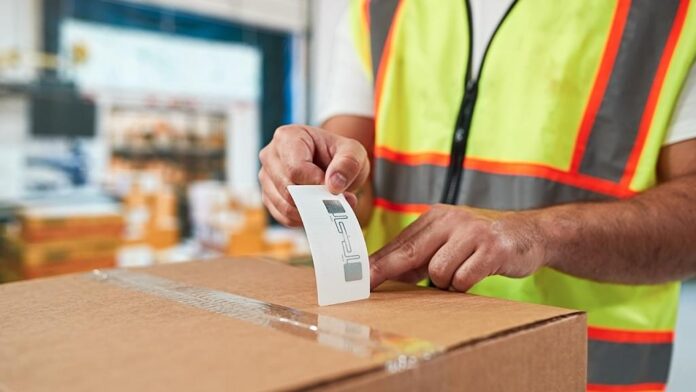
The packaging industry is at the forefront of innovation, driven by cutting-edge technologies. One notable advancement is the integration of smart packaging, utilizing Internet of Things (IoT) sensors and Radio-Frequency Identification (RFID) tags to provide real-time tracking, traceability, and quality control.
Augmented reality (AR) and virtual reality (VR) are revolutionizing consumer engagement by offering immersive packaging experiences. Nanotechnology is enabling the development of advanced barrier coatings, enhancing product shelf life.
3D printing is empowering customization and rapid prototyping of packaging designs. Blockchain technology is ensuring transparency and traceability in the supply chain. These innovations are shaping a dynamic and technologically advanced future for the packaging industry.
- Smart Packaging: Utilizing IoT sensors and RFID tags, smart packaging offers real-time data on product status and location throughout the supply chain. This technology enhances supply chain efficiency and provides consumers with information like freshness and authenticity.
- Augmented Reality (AR) and Virtual Reality (VR): AR and VR applications provide consumers with immersive packaging experiences. They can visualize products in 3D, access additional information, or engage in interactive branding campaigns.
- Nanotechnology: Advanced barrier coatings at the nanoscale are improving packaging materials, enhancing their resistance to moisture, oxygen, and contaminants. This extends the shelf life of products.
- 3D Printing: 3D printing enables rapid prototyping and customization of packaging designs. It allows for cost-effective small-batch production and innovative shapes and structures.
- Blockchain: Blockchain technology ensures transparency and traceability in the supply chain. It verifies the authenticity of products, reduces counterfeiting, and builds trust with consumers.
These innovations collectively contribute to a more technologically advanced and consumer-engaging packaging industry.
Sustainable Packaging
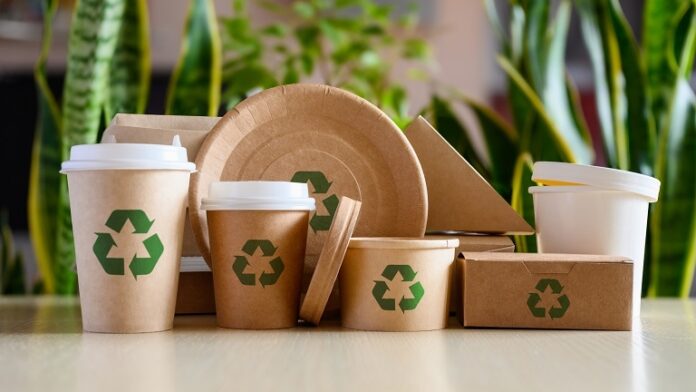
Sustainability has become a central focus in the packaging industry, driven by environmental concerns and consumer demand for eco-friendly solutions. Sustainable packaging encompasses various practices and approaches aimed at minimizing the environmental impact of packaging materials and processes.
One key aspect is the use of eco-friendly materials such as bioplastics, recycled content, and compostable materials. Bioplastics, derived from renewable sources, reduce dependence on fossil fuels and offer biodegradability. Incorporating recycled content reduces the need for virgin materials, conserving resources.
Furthermore, sustainable packaging emphasizes efficient design to minimize waste and reduce the carbon footprint. This includes optimizing packaging dimensions, adopting minimalist designs, and reducing excess packaging material.
Innovative manufacturing techniques, such as lightweighting and downgauging, enable the production of thinner yet durable packaging, reducing material usage and transportation costs.
Additionally, the concept of the circular economy is gaining traction, promoting recycling and reuse. Packaging that encourages consumers to recycle or repurpose not only reduces landfill waste but also fosters a culture of sustainability.
Sustainability in packaging extends to supply chain considerations as well. Minimizing transportation distances and adopting energy-efficient manufacturing processes further reduce the environmental impact.
In conclusion, sustainable packaging is a multifaceted approach that combines eco-friendly materials, efficient design, recycling, and responsible supply chain practices. It addresses environmental concerns while aligning with consumer values, making it a crucial trend in the packaging industry’s evolution.
Smart Packaging
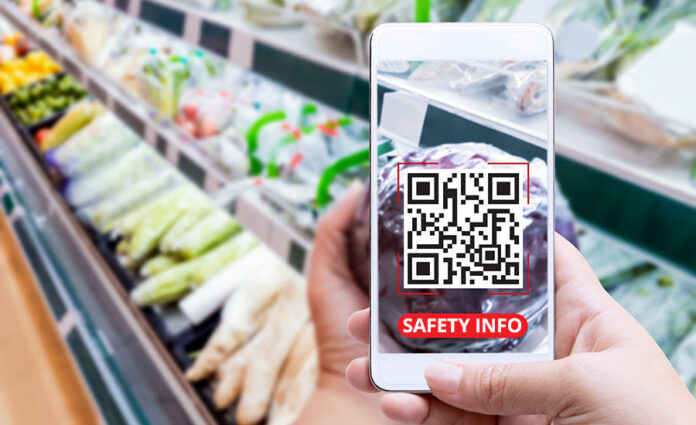
Smart packaging is a transformative trend in the packaging industry, leveraging cutting-edge technologies to enhance functionality, traceability, and consumer engagement. This innovation involves the integration of various sensors, RFID tags, and even printed electronics into packaging materials, enabling real-time data collection and communication.
One key application of smart packaging is ensuring product integrity and safety. Sensors can monitor temperature, humidity, and other environmental factors, providing critical data throughout the supply chain. This ensures that perishable goods, such as pharmaceuticals or fresh produce, remain in optimal condition.
Additionally, smart packaging facilitates traceability, allowing consumers to access detailed information about a product’s origin, authenticity, and expiration date through QR codes or mobile apps. This transparency builds trust and supports brand loyalty.
Furthermore, interactive packaging experiences have become a reality with augmented reality (AR) and near-field communication (NFC) technologies. Consumers can scan packaging to access immersive content, product tutorials, or even gamified experiences, enhancing brand interaction.
Supply chain optimization is another advantage of smart packaging. RFID technology enables real-time tracking of inventory and reduces the risk of loss or theft during transportation.
In conclusion, smart packaging is a multifaceted innovation that enhances product safety, traceability, consumer engagement, and supply chain efficiency. It not only meets the demands of the modern market but also positions the packaging industry at the forefront of technological advancement and sustainability.
In conclusion, the packaging industry is at the forefront of innovation and sustainability. Trends like digital labels and smart packaging have enhanced product safety and consumer engagement.
Sustainable materials and efficient design practices are reducing environmental impact. Technologies such as AR and RFID are transforming consumer experiences.
To thrive in the future, the industry must strike a balance between innovation, sustainability, and meeting evolving consumer expectations. This comprehensive approach will ensure its continued success and relevance.
- The packaging industry is evolving with innovation and sustainability.
- Digital labels and smart packaging enhance product safety and engagement.
- Sustainable materials and efficient design reduce environmental impact.
- Technologies like AR and RFID revolutionize consumer experiences.
- Balancing innovation, sustainability, and consumer expectations is crucial for the industry’s future success.




